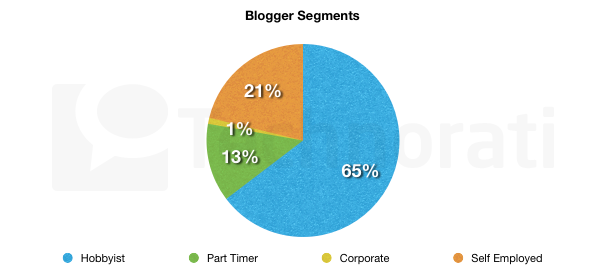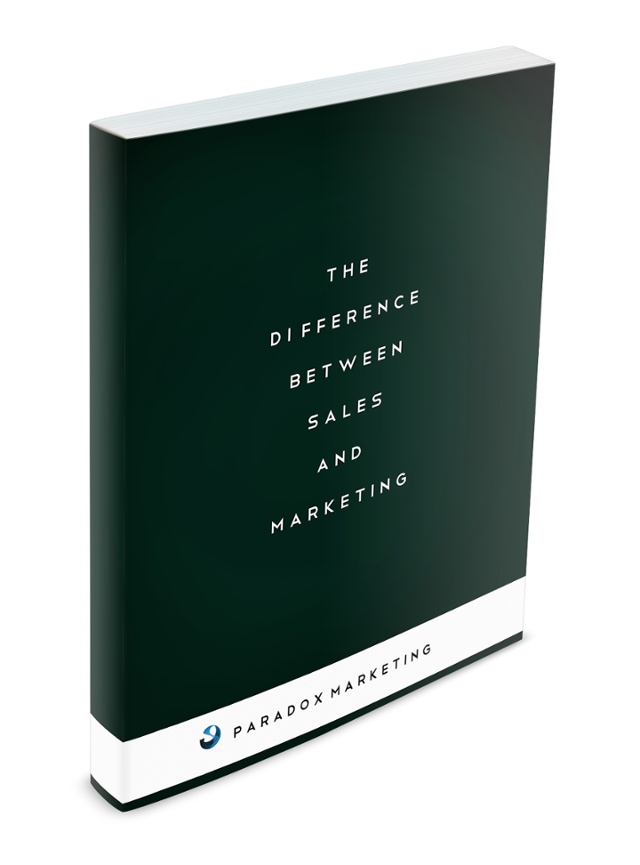May 14, 2016 10:00 AM / by Joshua Ballard 

The percentage of consumers who keep blogs about themselves is always growing.
Exact data regarding the size of the blogosphere is hard to come by, even more so since one of the top analysts Technorati stopped releasing their Annual State of the Blogosphere report.
What we can see from previous reports however are that blogging has been gradually getting bigger and bigger.
In 2010 there were more than 8 million blogs online, with a new blog being created every 7.4 seconds.
Blogging and regular content uploading to the internet is here to stay, it may be changing, but it will remain a consistent aspect of the human experience.
The number of consumers/individuals blogging is reportedly higher
Note however, these stats are true as of 2010 and relate to a specific research project by one company.
My Personal Experience in Assessing Blogger Numbers From a Population
Whilst the above data points towards the blogosphere being largely controlled by hobbyist bloggers, or essentally private individual consumers; I have regularly found that businesses are becoming the more prominent bloggers.
I once ran through a list of 18,000 contacts in an attempt to find bloggers.
Of the 18,000 contacts I was able to positively identify only 6 personal bloggers.
This data may be skewed, as it was drawn by looking at their registered email address.
I took their email, and then split the data using excel to maintain only the domain name.
The process looked like this:
I entered the data into a single cell, removing all other data except the email address.
I then used a Data option from the top control panel, labeled “text to columns”
This creates a pop up field with the following options:
Select “Delimted” and click “next” at the bottom of the panel.
This will present you with a new pop up.
select “other” in the menu, and choose the @ symbol
You will see a preview of what this will do to the data, then select finish.
You can then go through and delete the prefixes of the email, or just ignore them.
From here you are left with a list of domains you have been in contact with.
The real work is filtering this and removing mail servers such as gmail, hotmail, yahoo etc
Then visiting and annotating every domain.
It was a task that would have been near on impossible without having my highly capable intern Zviko.
We found 6 personal bloggers, 3 of which had not been updated in over 6 months.
We also found about a dozen individuals who had their own private domain for email purposes only.
The real sticker, is that we then found a couple hundred business domains, approximately half of them with an active blog.
This data is skewed by the fact that it relies upon identification via a personalised domain email address
however it does provide a base line indication of the ratios.
Why B2B Inbound Marketing is Made Easier From These Stats
I know some of you will already know why this stark difference is significant, and why it is so helpful to B2B Inbound Marketers.
Whether you are working in marketing or sales you understand the importance of finding out as much about your prospects as possible.
Even more so than traditional marketing, inbound marketing requires a huge level of understanding about your prospects. How else can you accurately create your buyer personas? Let alone locate them within an accurate stage of their buyer’s journey.
- What stages they are in life
- what they are planning
- the culture of their workplace and industry
- what they need
- what they want
- what they will need or want in the future.
This applies to businesses as well as people.
Businesses are either the extension of one person, or a collaboration of many.
One of the greatest differences between B2C and B2B, simply is that B2B is always going to be more open with you about their story, what they do, and who they are.
- A business is more likely to blog regularly
- They have dedicated “about us” and “our team” pages
- They can be more active on social media
- Their website hosts great detail about who they are and what they do
The more knowledge you have of your prospects, the greater you can adjust and target your methods!
Interested in a fresh look at the difference between sales and marketing? Have a read of our free E-Book titled “The Differnce Between Sales and Marketing”
Topics: Blogging, inbound marketing, marketing, Online Presence, prospecting, sales














